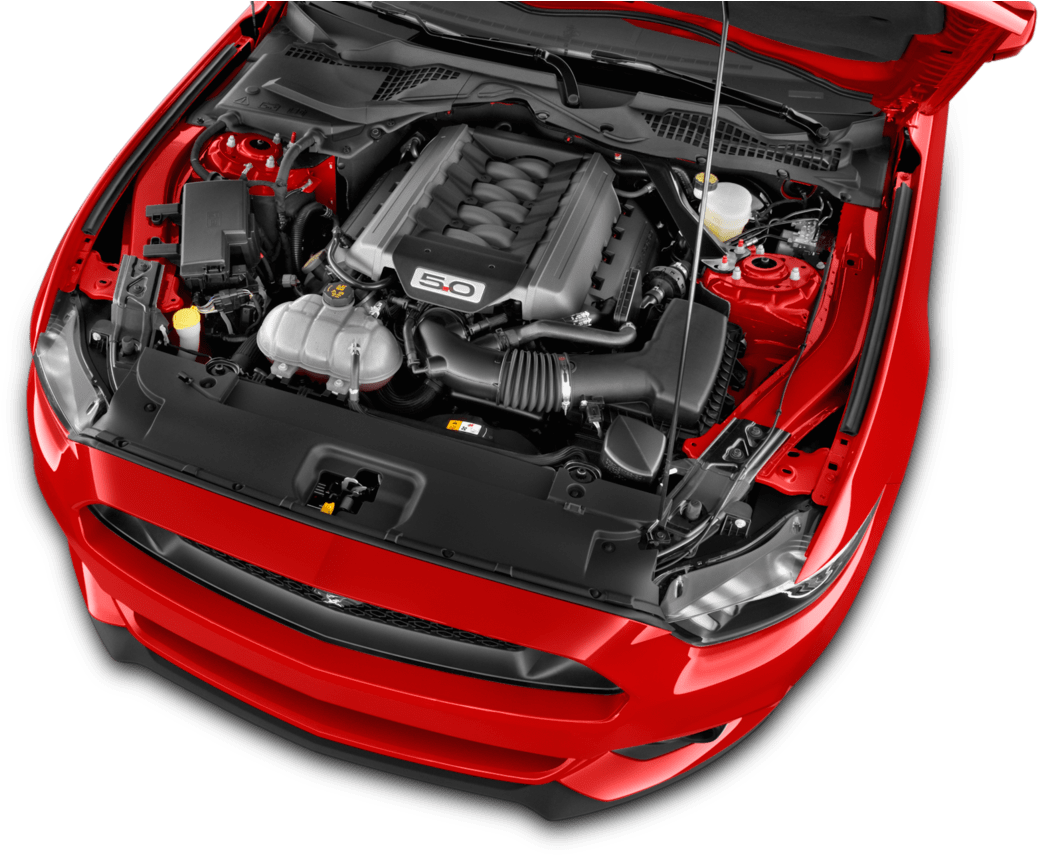Upgrade Your Vehicle with a New Opel Corsa Engine
Upgrade Your Vehicle with a New Opel Corsa Engine
Blog Article
Discovering the Inner Operation of a Compact Vehicle's Engine System
As chauffeurs, we commonly take for approved the complex procedures that take place within the boundaries of our vehicle's engine system. In this expedition of a compact lorry's engine system, we will certainly unwind the inner functions of this mechanical harmony, dropping light on the enigmas that drive us onward on our day-to-day trips.
Burning Refine Overview
The burning procedure in a portable lorry's engine system is a crucial system that effectively converts gas into energy to power the vehicle. This process occurs within the burning chamber of the engine, where fuel and air mix, fire up, and produce controlled surges. The combustion procedure includes 4 major stages: consumption, exhaust, compression, and power.
Throughout the consumption phase, the piston relocates downward, drawing in a mixture of air and gas right into the burning chamber. The following phase, compression, involves the piston relocating upward, compressing the air-fuel mixture to boost its potency. Consequently, in the power phase, the trigger plug sparks the compressed mixture, causing a quick expansion of gases that requires the piston pull back. This downward movement produces the power required to drive the vehicle. Finally, in the exhaust phase, the burned gases are expelled from the burning chamber through the exhaust valve, preparing the chamber for the next cycle. This cyclic combustion procedure is basic to the procedure of a small lorry's engine system, making sure reliable energy conversion for propulsion.
Piston and Cylinder Communication

The piston's specific fit within the cylinder is important for maintaining optimal compression and avoiding power loss during combustion. Tight clearances between the piston and cyndrical tube walls guarantee effective sealing, enabling the piston to relocate smoothly without allowing gases to leak past. Proper lubrication is also vital to decrease friction and put on in between these parts, enhancing durability and efficiency.
In addition, the design and products used in manufacturing the piston and cylinder effect engine effectiveness and resilience. Modern engines commonly use lightweight yet resilient materials like aluminum alloys for pistons and cyndrical tube liners to lower inertia and improve thermal effectiveness. Generally, the harmonious communication between the piston and cyndrical tube is basic to the engine's capability and overall performance.
Fuel Injection System Capability
Gas shot systems in compact car engines play an essential duty in specifically providing fuel to the combustion chamber for reliable and regulated ignition. The gas shot system operates by infusing fuel right into the combustion chamber at the optimum minute during the engine's procedure (opel corsa engine). This specific timing makes certain that the fuel blends equally with the air for proper combustion, bring about boosted fuel performance and reduced exhausts
There are mostly two sorts of fuel injection systems made use of in compact vehicle engines: port fuel shot (PFI) and direct fuel injection (DFI) PFI systems inject gas right into the intake port prior to the consumption valve, while DFI systems infuse fuel straight into the combustion chamber. Both systems have their benefits, with DFI providing far better fuel atomization and PFI providing an extra cost-efficient service.
Recognizing Engine Cooling Systems
Effective operation of a compact vehicle's engine relies heavily on the effectiveness of its cooling systems. The cooling system in a compact automobile generally consists of a number of parts working with each other to regulate the engine temperature level. Comprehending these engine air conditioning mechanisms is crucial for preserving the efficiency and durability of a portable lorry's engine system.

Exhaust System Components Explained
The ideal functioning of a portable automobile's engine air conditioning devices depends on a corresponding system known as the exhaust system, which consists of numerous crucial components for ensuring effective emissions and engine performance. The exhaust manifold gathers exhaust gases from the engine's routes and cylinders them to the catalytic converter.
One vital part of the exhaust system is the oxygen sensing unit, which monitors the oxygen degrees in the exhaust gases to assist manage gas consumption and make sure ideal engine performance. opel corsa engine. In addition, the find this resonator might exist in some exhaust systems to reduce sound degrees. On the whole, the exhaust system plays an essential role in preserving engine efficiency, reducing harmful exhausts, and making sure a quieter right here driving experience for compact automobile proprietors

Final Thought
In conclusion, the compact automobile's engine system is a complex mix of parts that interact to promote the burning procedure, convert gas into energy, and remove waste gases. Understanding the internal operations of the engine system, including the piston and cylinder communication, gas shot system, engine air conditioning mechanisms, and exhaust system components, is essential for maintaining optimal efficiency and efficiency of the car.
The burning procedure in a compact car's engine system is an important system that successfully converts gas right into power to power the car.Gas injection systems in portable lorry engines play a crucial role in exactly delivering fuel to the burning chamber for controlled and effective ignition.There are mainly 2 types of fuel shot systems made use click this link of in compact vehicle engines: port gas shot (PFI) and straight gas injection (DFI) Recognizing these engine cooling systems is vital for preserving the efficiency and longevity of a portable automobile's engine system.
The optimum performance of a small car's engine cooling mechanisms depends on a complementary system known as the exhaust system, which consists of numerous crucial elements for making certain efficient discharges and engine efficiency.
Report this page